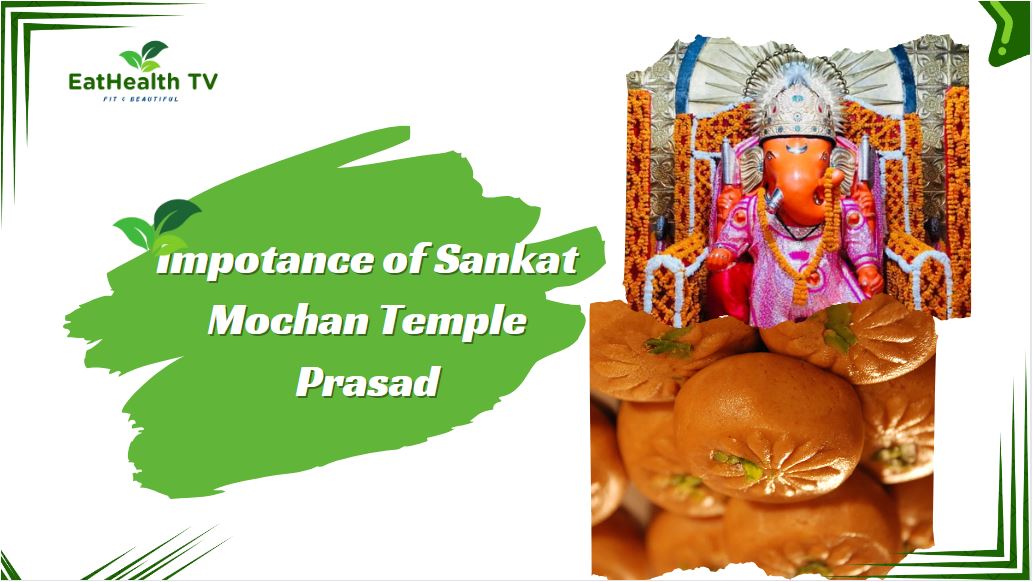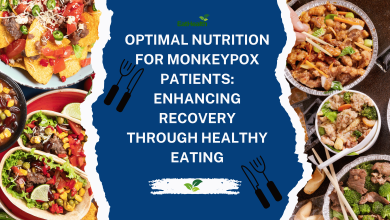Importance of Sankat Mochan Temple Prasad
Divine Delights: Exploring the Significance of Sankat Mochan Temple Prasad
Divine Delights: Sankat Mochan Temple Prasad

Varanasi, one of the oldest and holiest cities in India, is adorned with numerous temples, each carrying a unique spiritual essence. Among these, the Sankat Mochan Temple stands as a revered shrine dedicated to Lord Hanuman. Central to the temple rituals is the offering of Lal Peda Prasad, a sweet delicacy that holds deep significance for devotees. In this comprehensive guide, we will explore the importance of Sankat Mochan Temple, understand the significance of Lal Peda Prasad, and unravel the sacred art of preparing this divine offering.
The Significance of Sankat Mochan Temple, Varanasi
Sankat Mochan Temple, situated on the banks of the Assi River in Varanasi, is dedicated to Lord Hanuman, the revered deity known as the “dispeller of troubles.” Devotees believe that worshiping at this temple can alleviate various troubles and bring divine blessings. The temple not only serves as a spiritual haven but also as a symbol of cultural and religious heritage.
The Ritual of Offering Lal Peda Prasad
One of the distinctive rituals at Sankat Mochan Temple involves the offering of Lal Peda Prasad to Lord Hanuman. Lal Peda, a sweet confection made from khoya (reduced milk), sugar, and flavored with cardamom, is considered a symbol of devotion and humility. Devotees believe that offering Lal Peda Prasad to Lord Hanuman brings prosperity, protection, and the dispelling of obstacles. Just as we know How to Prepare Golden Temple Prasad?
Ingredients for Lal Peda Prasad
- Khoya (Reduced Milk): The primary ingredient, khoya, adds richness and a creamy texture to the Lal Peda.
- Sugar: Sweetening the khoya, sugar provides the necessary sweetness to the confection.
- Cardamom Powder: Cardamom powder imparts a subtle aromatic flavor, enhancing the overall taste of Lal Peda.
- Ghee (Clarified Butter): Ghee is used to prevent the mixture from sticking to the pan and adds a rich flavor to the Lal Peda.
Preparing Lal Peda Prasad
- Cooking Khoya: Begin by cooking khoya in a pan over low heat until it becomes thick and lumpy.
- Adding Sugar and Cardamom: Add sugar and cardamom powder to the khoya, stirring continuously until the mixture thickens and forms a consistent dough.
- Shaping the Peda: Grease your hands with ghee and shape the mixture into small, round pedas.
- Offering to Lord Hanuman: Lal Peda Prasad is then offered to the idol of Lord Hanuman in the Sankat Mochan Temple with reverence and devotion.
The Spiritual Essence of Lal Peda Prasad Offering
The preparation and offering of Lal Peda at Sankat Mochan Temple is not merely a culinary ritual but a spiritual practice rooted in devotion. Each step, from cooking the khoya to shaping the pedas, is performed with mindfulness and humility, symbolizing the devotee’s surrender to the divine.
YouTube Channel for Health realted educational Videos
The Importance of Sankat Mochan Temple in Varanasi
- Historical Significance: Sankat Mochan Temple has a rich history dating back to the 16th century, making it a vital cultural and historical landmark.
- Spiritual Magnetism: The temple’s serene atmosphere and spiritual aura attract devotees and tourists seeking solace and blessings.
- Cultural Heritage: The temple stands as a testament to the cultural and religious diversity of Varanasi, reflecting the city’s deep-rooted traditions.
- Social Welfare: The temple is actively involved in various social welfare activities, contributing to the well-being of the community.
Conclusion
In conclusion, the Sankat Mochan Temple in Varanasi holds not only historical and cultural significance but is also a spiritual haven for devotees seeking divine blessings. The ritual of offering Lal Peda Prasad at this temple is a sacred tradition that connects the devotee with the divine through the art of preparation and devotion.
May the traditions of Sankat Mochan Temple and the sweetness of Lal Peda Prasad continue to inspire and uplift the spirits of those who seek solace and divine blessings in the heart of Varanasi.




